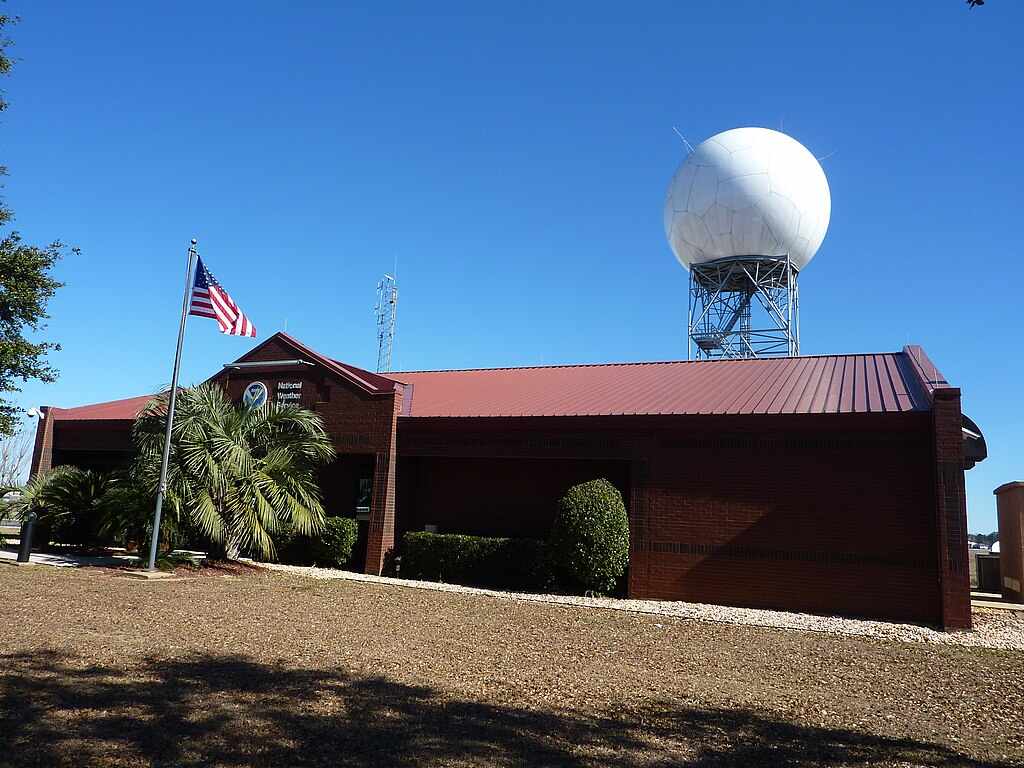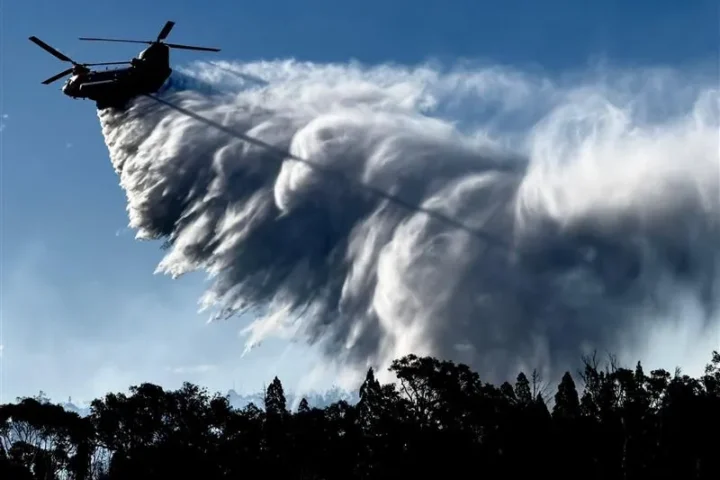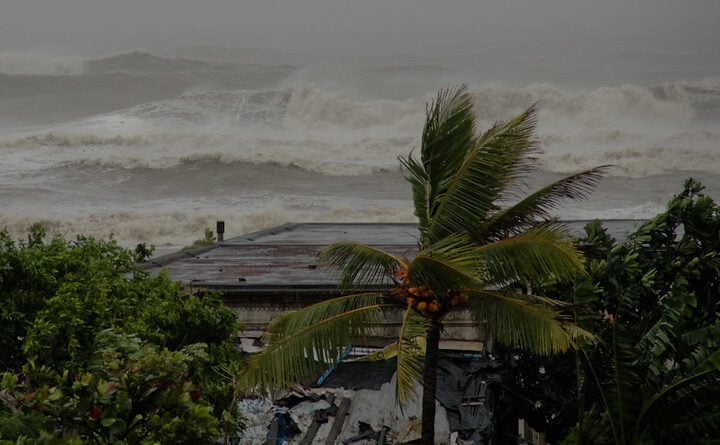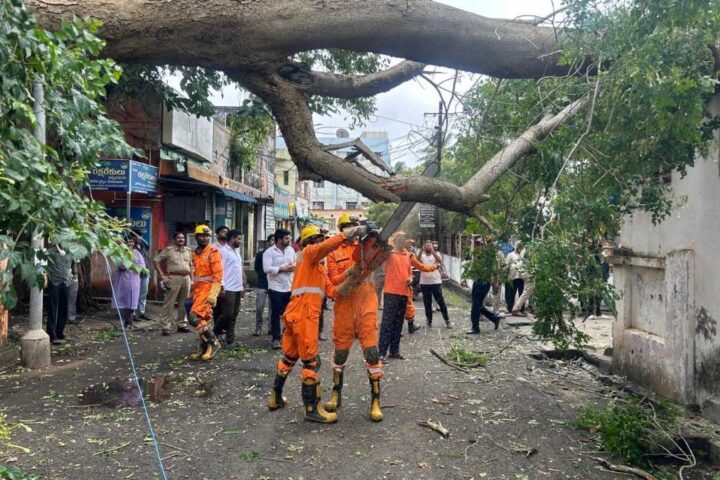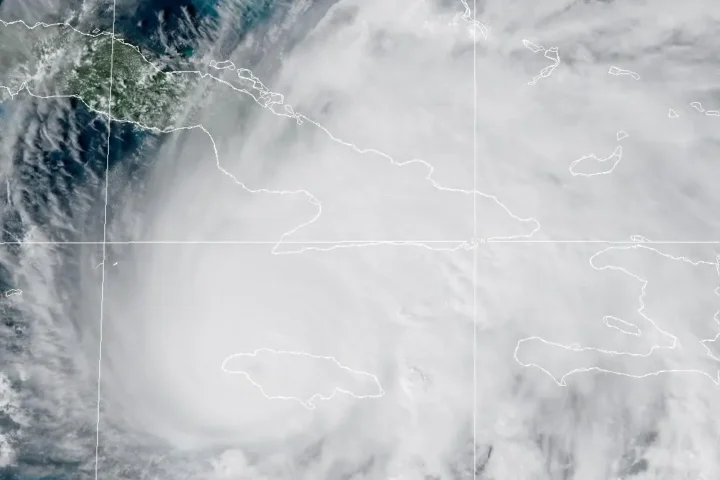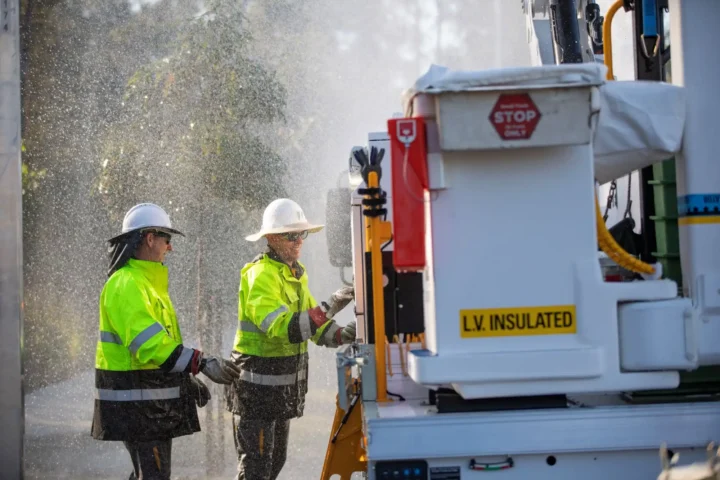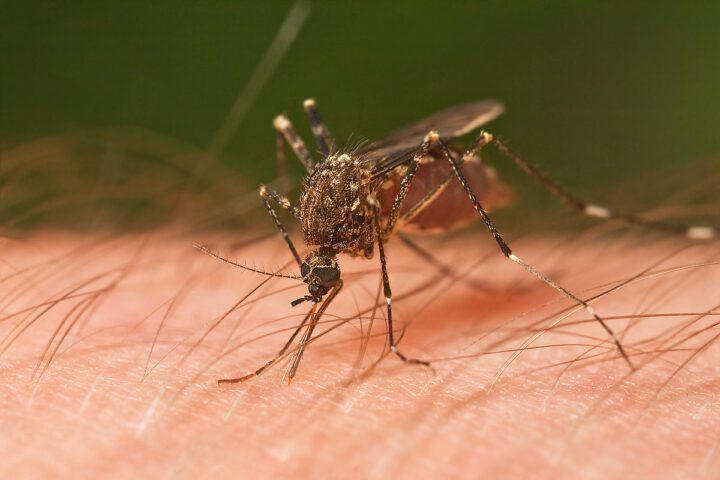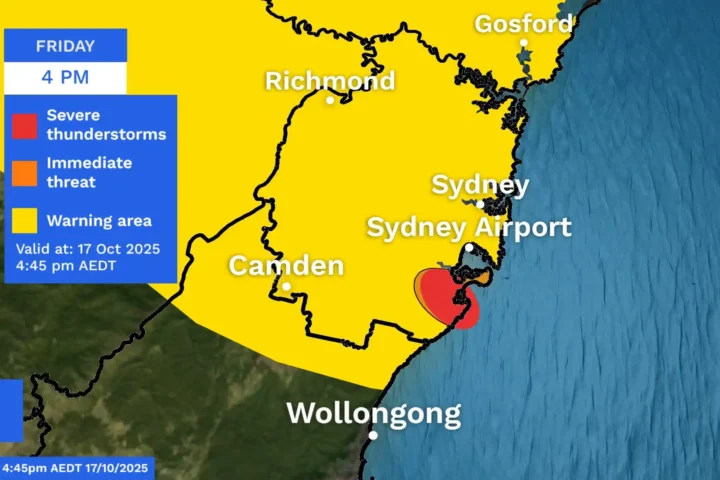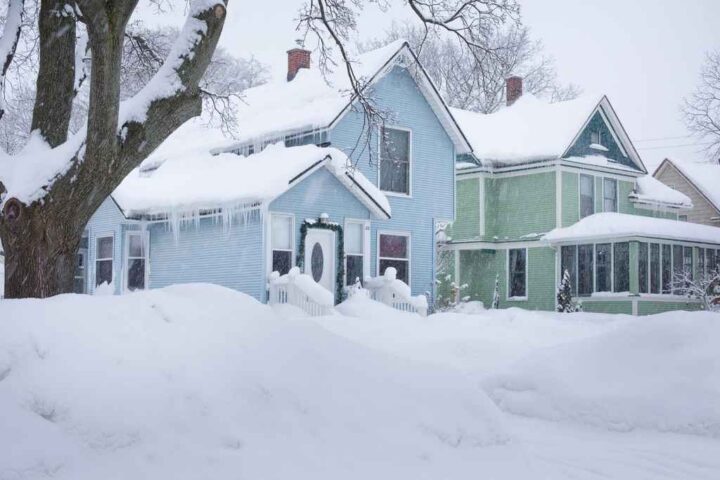After months of staffing shortages that hampered weather monitoring capabilities, the National Weather Service (NWS) has received permission to hire up to 450 front-line employees. This move comes as the agency works to rebuild its workforce following deep cuts earlier this year and amid growing concerns about public safety following deadly weather events.
Weather Service Gets Green Light to Rebuild
The National Weather Service has secured authorization to hire 450 “critical positions” under a federal hiring freeze exemption that runs through at least October 15, 2025, according to recent announcements. These positions include meteorologists, hydrologists, and radar technicians who maintain crucial forecasting equipment and infrastructure.
The hiring initiative includes 126 new positions that were previously approved and will apply to “front-line mission critical” personnel, according to a National Oceanic and Atmospheric Administration (NOAA) official. The rehiring effort aims to restore hundreds of positions cut earlier in 2025.
“For months, Congressman Flood and I have been fighting to get NOAA and NWS employees the support they need in the face of cuts to staff and funding,” said Rep. Eric Sorensen (D-IL) in a news release. “Hundreds of unfilled positions have caused NWS offices across the country to cancel weather balloon launches, forgo overnight staffing, and force remaining meteorologists to overwork themselves.”
Why the Reversal Matters
The hiring freeze exemption comes after a summer of extreme weather events that highlighted the dangers of reduced forecasting capabilities. The deadly Texas Hill Country floods in July, which claimed more than 100 lives statewide, put increased scrutiny on weather service staffing levels and forecasting abilities.
NBC News reported that NWS staff believe the Texas floods that killed more than 100 people and sparked questions about NWS forecasts strengthened the case for the agency to rehire hundreds of “front-line and mission critical” staff.
The NWS operates a nationwide network of 122 Weather Forecast Offices that run 24/7 and are responsible for issuing approximately 1.5 million forecasts and 50,000 warnings annually. These offices form the backbone of the nation’s weather warning system, providing critical information that protects lives and property.
Operational Impacts of Staffing Shortages
The staffing shortages have had real consequences for weather monitoring. Since March 2025, the NWS has reduced weather balloon launches at multiple locations and temporarily suspended them at others “due to a lack of Weather Forecast Office (WFO) staffing.”
These weather balloons, typically launched twice daily from 100 upper-air sites nationwide, provide essential atmospheric data for accurate forecasting. The balloons carry instruments called radiosondes that measure temperature, humidity, barometric pressure, and wind speed and direction up to about 100,000 feet in the atmosphere.
NWS notices warn that cutbacks to upper-air launches reduce data inputs for models, which can degrade forecast accuracy.
News reports indicated reduced overnight coverage at some offices, forcing meteorologists to work overtime and potentially affecting the agency’s ability to issue timely warnings during overnight severe weather events.
Legislative Path Forward
Beyond the current hiring authorization, a bipartisan legislative effort aims to provide longer-term solutions. The Weather Workforce Improvement Act (H.R. 3809), introduced on June 6, 2025, would give the NWS Director direct-hire authority to fill key vacancies without going through standard federal hiring procedures.
Similar Posts
The bill, co-sponsored by Rep. Mike Flood (R-NE) and Rep. Eric Sorensen (D-IL), recognizes weather service employees as “critical for public safety” and would streamline the hiring process for meteorologists, physical scientists, hydrologists, computer specialists, and electronics technicians.
Additionally, the bill requires the NWS Director to submit annual assessments to congressional committees, including evaluations of hiring milestones, workforce needs at different forecasting offices, and the health and morale impacts of rotating shift work on employees.
Challenges Ahead
Despite this positive development, filling these positions will take time. NBC News reported that it will likely take months to fill the hundreds of vacant positions. The hiring process, training, and onboarding for specialized meteorological positions can be lengthy, potentially leaving gaps in service during peak weather hazard seasons.
The staffing shortage has been particularly severe in some offices. AP reported that nearly half of NWS field offices were down by ≥20%.
Public Safety Implications
The Texas Hill Country floods in July 2025 underscore the life-or-death importance of adequate weather service staffing. The disaster occurred when water levels along the Guadalupe River rose extremely rapidly, claiming more than 100 lives, including many children at summer camps.
While debates continue about warning systems and local responses, having fully staffed weather offices is crucial for monitoring rapidly developing weather situations. During the flooding, the National Weather Service issued 22 alerts of escalating severity for the area in and around Kerr County over the course of July 3 and 4, according to CBS News.
What’s Next
As the NWS begins filling these positions, the public can track progress through postings on USAJOBS.gov and monitor congressional action on H.R. 3809. Weather experts will be watching for operational improvements such as the resumption of twice-daily weather balloon launches and the restoration of overnight staffing at affected forecast offices.
For communities in weather-vulnerable regions, the hiring initiative represents a crucial step toward restoring full forecasting and warning capabilities as the country continues to face extreme weather events and the upcoming tropical storm season.
